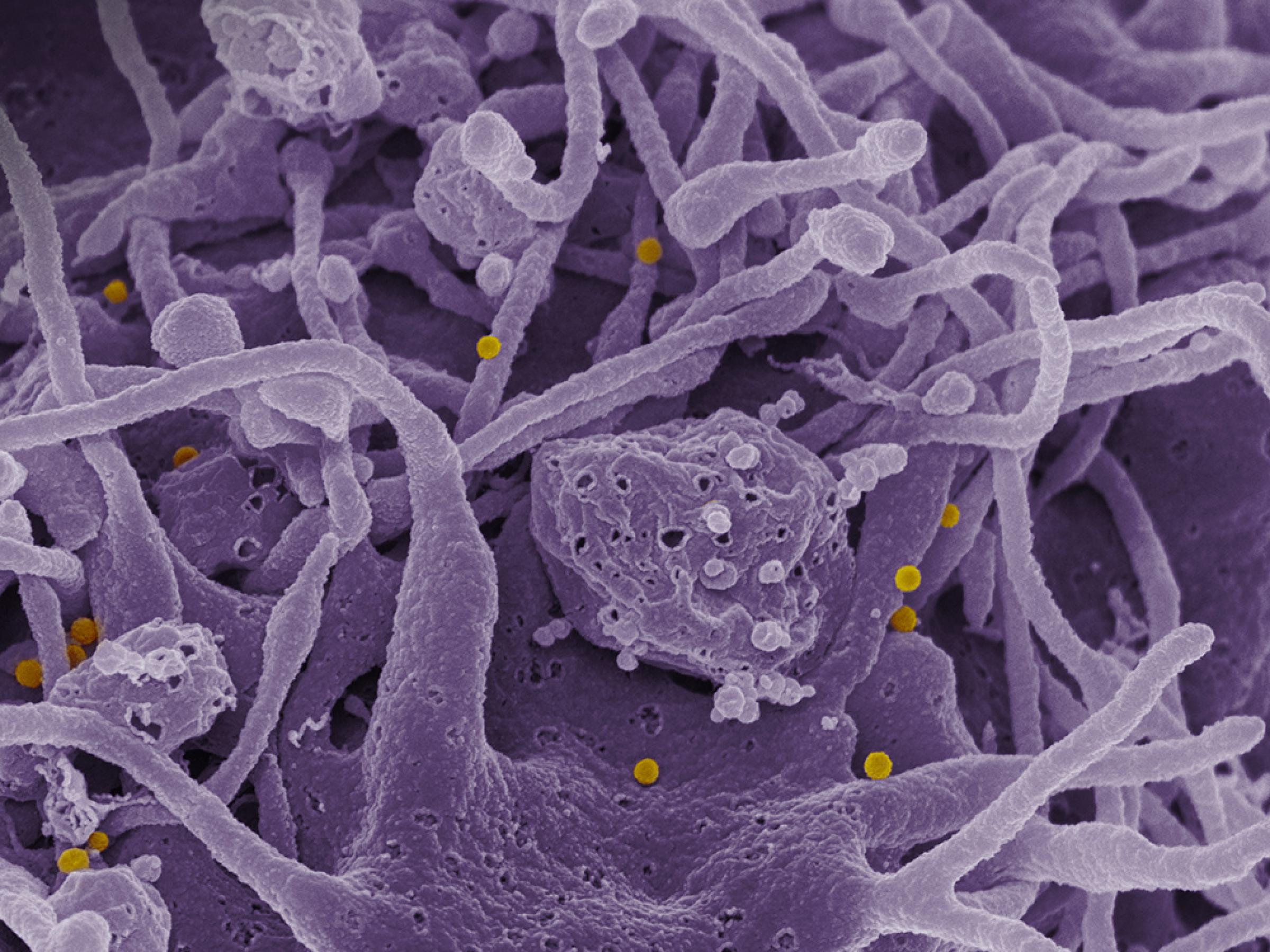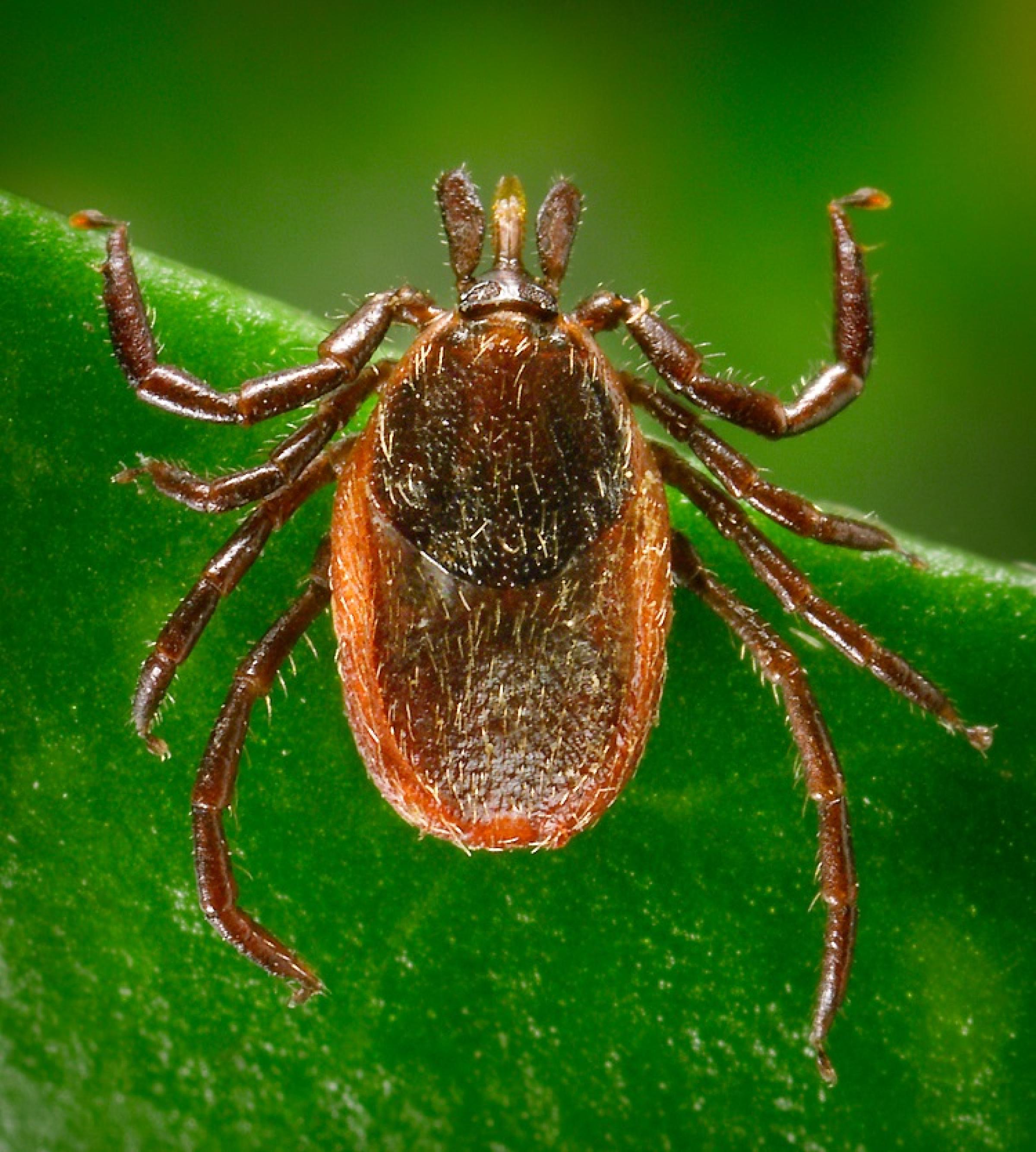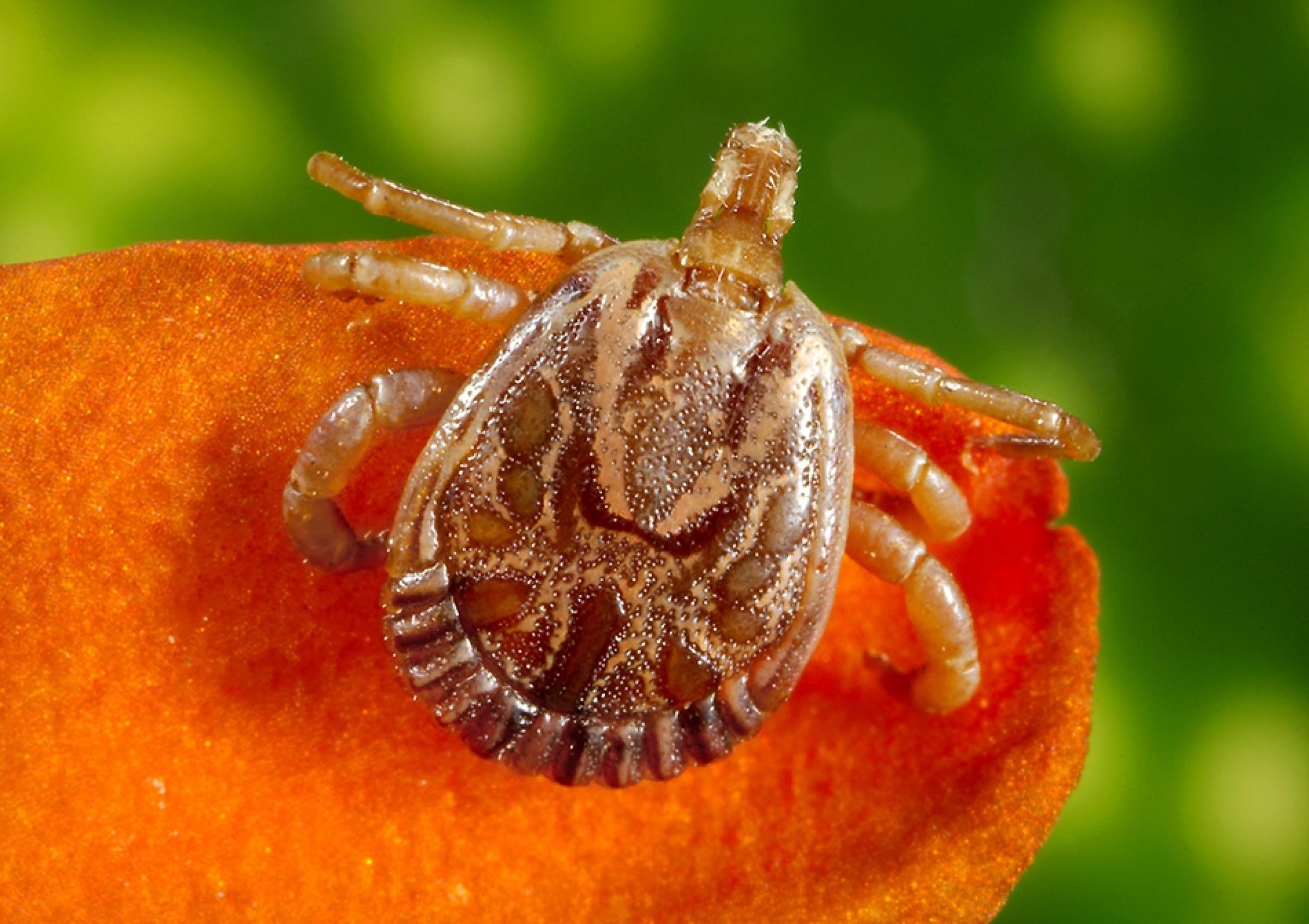NIAID supported research for tickborne diseases ranges from studying the basic biology of the microbes that cause these diseases to developing vaccines and better ways to diagnose, treat, and prevent the diseases.
Babesiosis
Babesiosis is a disease caused by microscopic parasites that infect red blood cells. Many different species (types) of Babesia parasites have been found in animals, only a few of which have been found in people. Babesia microti—which usually infects white-footed mice and other small mammals—is the main species that has been found in people in the United States. Occasional cases caused by other Babesia species have been detected. Learn more about babesiosis from the Center for Disease Control and Prevention.

Crimean-Congo Hemorrhagic Fever
Crimean-Congo hemorrhagic fever (CCHF) virus primarily is spread by Hyalomma ticks throughout Africa, the Middle East, Asia and parts of Europe. The disease, first described in 1944, infects up to 15,000 people annually, according to the World Health Organization. About 1 in 8 of those who are infected develop severe disease, which leads to about 500 deaths each year. A vaccine developed in 1974 in Bulgaria is available in some places but has not been approved by the U.S. Food and Drug Administration or the European Medicines Agency. The World Health Organization lists CCHF virus as a priority pathogen for development of vaccines.
Ehrlichiosis and Anaplasmosis
Ehrlichiosis and anaplasmosis are two closely related tickborne diseases, caused by different germs. Although both diseases concentrate east of the Rocky Mountains, they usually occur in different areas.
Two years after anaplasmosis was first described in people, researchers supported by NIAID identified the bacterium that causes the disease. NIAID-supported researchers helped complete the genome sequences of both Anaplasma phagocytophilum andEhrlichia chaffeensis. This information should facilitate efforts to develop preventive vaccines as well as new and improved diagnostics and treatments. Learn more about ehrlichiosis and anaplasmosi from the Center for Disease Control and Prevention.

Lyme Disease
Lyme disease, or borreliosis, is caused by the bacterium Borrelia burgdorferi and is transmitted to humans through the bite of an infected blacklegged deer tick. It is the most common tickborne infectious disease in the United States. NIAID has a long-standing commitment to conduct research on Lyme borreliosis, or Lyme disease, beginning more than 20 years ago when the cause of the disease was not yet known. In 1981, NIAID-funded research efforts resulted in identifying Borrelia burgdorferi, a spiral-shaped bacterium, or spirochete, as the causative agent of Lyme disease (Science 216: 1317, 1982). Since then, basic and clinical research efforts have been expanded in scope to address many different aspects of this infectious disease. Read more about NIAID research on Lyme disease.
Relapsing Fever
There are two forms of relapsing fever, tickborne and louseborne. Both diseases are caused by spiral-shaped species of Borrelia bacteria. Learn more about relapsing fever from the Center for Disease Control and Prevention.

Rocky Mountain Spotted Fever
Rocky Mountain spotted fever is a tickborne disease first recognized in 1896 in the Snake River Valley of Idaho. It was originally called “black measles” because of the look of its rash in the late stages of the illness, when the skin turns black. It was a dreaded, often fatal disease, affecting hundreds of people in Idaho. By the early 1900s, the disease could be found in Washington, Montana, California, Arizona, and New Mexico. Read more about Rocky Mountain spotted fever.
Tularemia
Tularemia (also known as deerfly fever or rabbit fever) is a potentially serious illness that occurs naturally in the United States. It is caused by the bacterium Francisella tularensis found in animals (especially rodents, rabbits, and hares). NIAID supports research on the diagnosis, prevention, and treatment of infections caused by microbes, including those that have the potential for use as biological weapons. The research program to address biodefense includes both short- and long-term studies targeted at designing, developing, evaluating, and approving specific tools (diagnostics, therapies, and vaccines) needed to defend against possible bioterrorist-caused disease outbreaks. Learn more on the learn more about Tularemia from the Center for Disease Control and Prevention .


